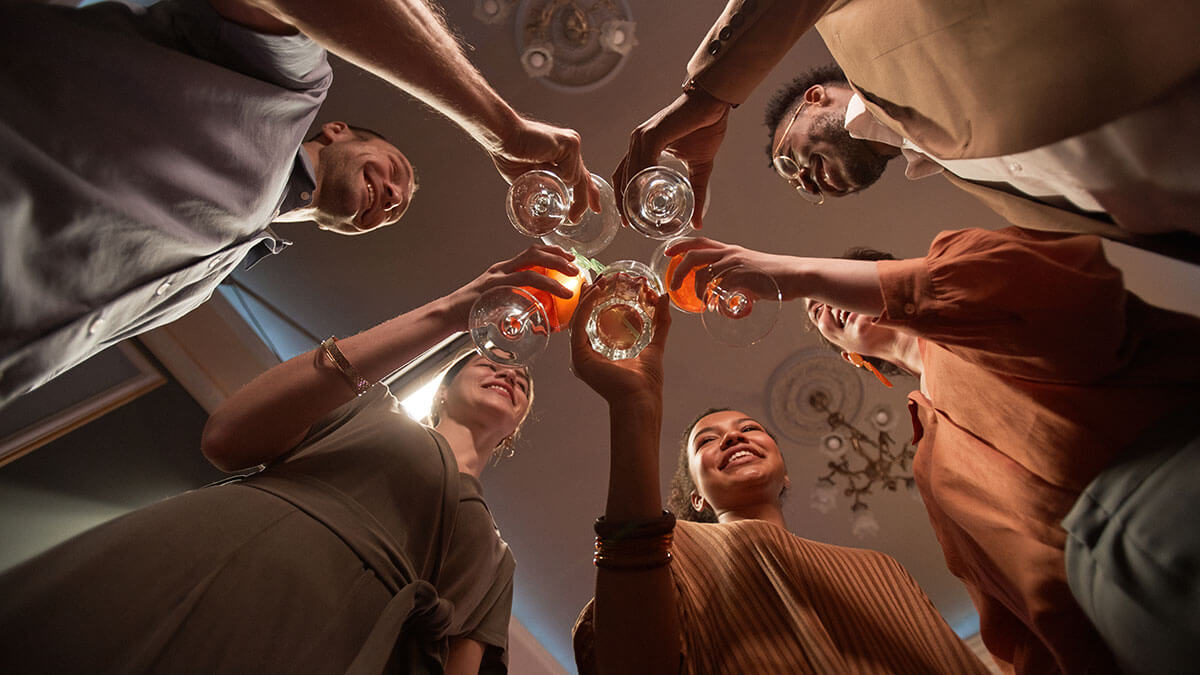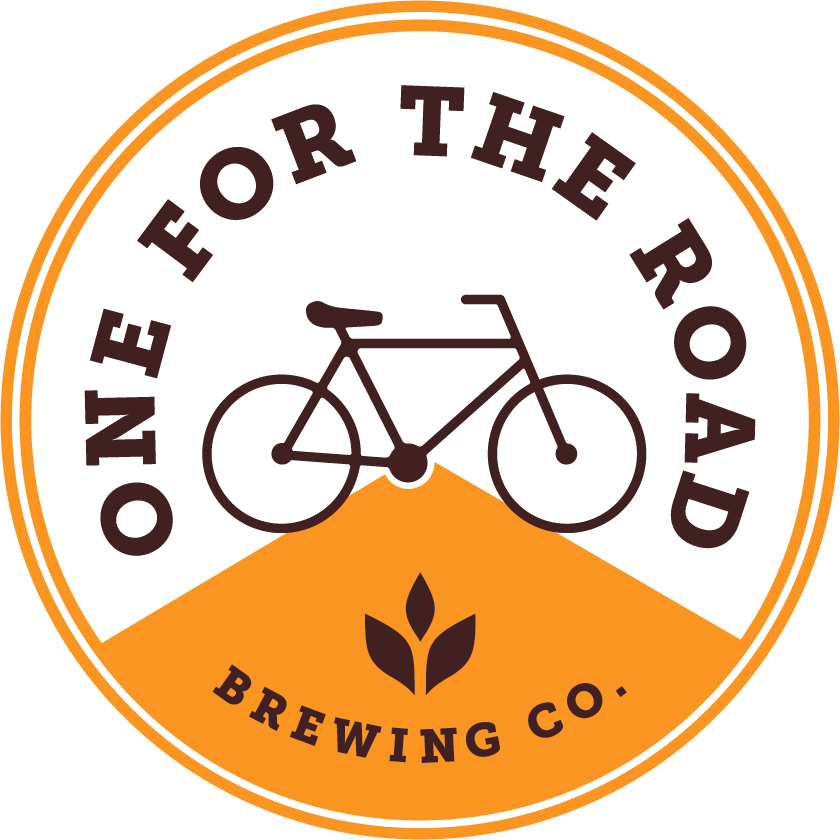
Does Drinking Non Alcoholic Beer Break Sobriety? Exploring the Impact
Does drinking non alcoholic beer break sobriety? For those in recovery, this question is vital. In this article, we will dive into whether non-alcoholic beer can impact your sobriety, its psychological and physical implications, and what experts and recovering individuals have to say.
Key Takeaways
- Non-alcoholic beer, containing less than 0.5% ABV, poses potential risks for individuals in recovery due to its ability to trigger cravings and psychological responses.
- The impact of non-alcoholic beer on sobriety is subjective and varies widely among recovering alcoholics, necessitating a thorough evaluation of personal history and circumstances.
- Consulting professionals and engaging in personalized treatment plans are vital for individuals considering non-alcoholic beer, as these approaches help manage risks and support recovery.
Non Alcoholic Beer: An Overview
Non-alcoholic beer offers a popular alternative for those avoiding alcohol yet wanting the taste and social interaction associated with beer.
Understanding what defines non-alcoholic beer, its brewing process, and alcohol content is crucial for exploring its implications for sobriety and recovery.
Brewed to contain less than 0.5% ABV, non-alcoholic beers offer a safer, socially inclusive option for those avoiding alcohol. Exploring what sets them apart from alcoholic counterparts reveals their unique characteristics.

What Defines Non Alcoholic Beer?
Non-alcoholic beer, often referred to as NA beer, is beer with very little or no alcohol, typically produced by removing alcohol from regular beer.
According to FDA regulations, non-alcoholic beer can contain up to 0.5% ABV, whereas alcohol-free beer has 0.0% ABV. This distinction is crucial for those in recovery, as even small amounts of alcohol can be a concern.
While non-alcoholic beers are not entirely alcohol-free, their significantly lower alcohol content compared to regular beer helps individuals make informed decisions about their consumption and its impact on sobriety.
Brewing Process of Non Alcoholic Beer
The brewing process of non-alcoholic beer involves several methods designed to minimize alcohol content while preserving flavor.
Common methods include vacuum distillation and arrested fermentation. Vacuum distillation removes alcohol by boiling beer under high pressure to vaporize it, while arrested fermentation halts the fermentation process early, resulting in low to zero alcohol content.
Controlled fermentation keeps the temperature at 60 degrees Fahrenheit to limit alcohol production.
Simulated fermentation mimics fermentation effects by adding enzymes and flavoring ingredients, without producing alcohol.
These methods ensure that non-alcoholic beer retains its beer-like qualities while keeping alcohol levels low.
Alcohol Content in Non Alcoholic Beers
Non-alcoholic beer legally contains a maximum of 0.5% ABV. This amount is about 1/10th of the alcohol concentration found in regular beer.
It would take approximately 10 non-alcoholic beers to match the blood alcohol level of one regular beer. Despite this low alcohol content, it’s crucial for consumers, especially those in recovery, to check labels and understand the specific alcohol content.
Alcohol content in non-alcoholic beers varies among products and may sometimes exceed the labeled amount. Individuals in recovery must understand this to make informed decisions and avoid setbacks in their sobriety.
Psychological and Physical Implications of Drinking Non Alcoholic Beer
Drinking non-alcoholic beer can have both psychological and physical implications, especially for those recovering from alcohol addiction.
While it allows participation in social gatherings without consuming alcohol, it can also evoke strong psychological responses and cravings. Recognizing these implications is crucial for maintaining sobriety.
Physically, even the small amount of alcohol in non-alcoholic beer could impact recovery. Individuals should assess its effects on their progress and consider potential interference with their recovery journey. Exploring the psychological and physical aspects in detail is essential.
Psychological Triggers and Cravings
Drinking non-alcoholic beer can awaken the desire for alcohol in recovering individuals. The sensory experience of drinking non-alcoholic beer, including the taste, smell, and visual similarity to traditional beer, can trigger cravings and remind individuals of past drinking experiences.
This phenomenon, known as euphoric recall, romanticizes past drinking experiences and can lead to cravings for actual drinking alcoholic beverages.
Actions like cracking open a can or smelling fresh beer can evoke memories and cravings linked to past alcohol use.
Recognizing and addressing these psychological and sensory triggers helps individuals in recovery maintain sobriety.
Physical Impact on Recovery
Non-alcoholic beer may disrupt the recovery process by affecting liver function and overall health. Individuals who have liver impairments can experience significantly elevated blood alcohol levels.
This effect can occur even when they consume non-alcoholic beer. Additionally, non-alcoholic beer might disturb blood sugar balance, posing further health risks.
Individuals in recovery should assess whether consuming non-alcoholic beer might interfere with their progress. Personalizing these choices is crucial, especially considering potential physical effects on organs like the liver and brain previously damaged by alcohol.

The Debate: Does Non Alcoholic Beer Break Sobriety?
The question of whether drinking non-alcoholic beer breaks sobriety is subjective and can spark debates among individuals.
Recovering alcoholics face considerable risks when consuming non-alcoholic beer, which may jeopardize their recovery process. However, non-alcoholic beer can also serve as a viable alternative, offering a beer-like experience with minimal alcohol content.
Sobriety involves complete abstinence from alcoholic beverages and requires commitment and clear goals. Exploring expert opinions, recovering alcoholics’ perspectives, and individual factors can illuminate this debate.
Expert Opinions on Non Alcoholic Beer
Differing opinions exist among sobriety coaches and addiction specialists regarding the use of non-alcoholic beer during recovery.
Some experts advocate for complete abstinence from non-alcoholic beer, while others view it as a potential harm-reduction tool. Concerns are expressed that even trace amounts of alcohol in non-alcoholic beer can be detrimental to those in recovery and may lead to relapse.
Non-alcoholic beer can contain up to 0.5% alcohol by volume, potentially misleading individuals about its safety.
Varying individual experiences and responses to non-alcoholic beer underscore the need for personalized recovery considerations.
Recovering Alcoholics' Perspectives
Many recovering alcoholics have varied opinions on non-alcoholic beer; while some appreciate the social inclusion it offers, others avoid it due to the memories of their past alcohol struggles.
Consuming non-alcoholic beer presents psychological risks, as it may rekindle memories and cravings linked to previous alcohol use.
Peer support groups play a vital role for recovering alcoholics considering non-alcoholic beer, providing insights and fostering a sense of community. Mocktails can also potentially trigger cravings similar to those caused by non-alcoholic beers.
Individual Factors to Consider
Personal history with alcohol greatly influences whether those in recovery can safely consume non-alcoholic beer.
Involvement in drinking social environments, even with non-alcoholic beer, might contradict true recovery principles.
Tailored treatment plans assist in avoiding triggers linked to non-alcoholic beer consumption. Understanding these factors is crucial for informed decisions about non-alcoholic beer and sobriety.
Pros and Cons of Non Alcoholic Beer in Sobriety
Non-alcoholic beer offers both benefits and risks for those in recovery.
While it can provide social inclusion and taste satisfaction, it can also trigger cravings and pose health risks related to drinking alcohol, alcohol intake, alcohol consumption, alcoholic beverage use, and na beers.
Weighing the pros and cons helps individuals make informed decisions about their consumption.
Benefits of Non Alcoholic Beer
Non-alcoholic beer benefits those in recovery by providing social inclusion, taste satisfaction, and aiding in the transition to quitting alcohol. It helps individuals blend in socially, reducing feelings of isolation.
Many recovering individuals value the taste of non-alcoholic beer, enjoying drinking experiences while maintaining sobriety. Some see it as a way to ease the transition to complete abstinence.
Risks of Non Alcoholic Beer
Non-alcoholic beer may reignite the desire for alcohol, significantly increasing the risk of relapse.
The consumption of non-alcoholic beer can trigger sensations or emotions similar to those experienced with alcoholic beverages, potentially leading to cravings.
The trace amounts of alcohol found in some non-alcoholic beers can interfere with physical recovery and lead to health complications. These risks highlight the need for caution and awareness when considering non-alcoholic beer in sobriety.
Seeking Professional Guidance
Professional guidance is essential for individuals uncertain about the effects of non-alcoholic beer on their recovery. Consulting treatment providers or care teams can provide personalized advice and support.
Personalized Treatment Approaches
Personalized treatment approaches focus on individual needs and long-term sobriety goals. Engaging in new activities and relying on support groups can help avoid alcohol during recovery.
Cognitive behavioral techniques are often used in treatment plans to effectively manage triggers. Finding alternatives to non-alcoholic beer can empower individuals in their recovery choices.
Supportive Environment and Community
Engaging with a supportive community can enhance recovery by providing encouragement and shared experiences. A supportive environment is crucial for maintaining sobriety as it offers emotional and social backing.
Shared community experiences aid individuals in making informed decisions about sobriety and the potential use of non-alcoholic beer. Altering environments and social circles is crucial for genuine recovery.
Summary
In conclusion, non-alcoholic beer presents both opportunities and challenges for those in recovery. While it can provide social inclusion and satisfaction, it also carries risks that need to be carefully managed. By seeking professional guidance and creating a supportive environment, individuals can make informed decisions that support their sobriety journey.
Frequently Asked Questions
What defines non-alcoholic beer?
Non-alcoholic beer is defined as beer that contains very little or no alcohol, generally with an alcohol by volume (ABV) up to 0.5%, as regulated by the FDA. This allows for a beer-like experience without the effects of alcohol.
How is non-alcoholic beer brewed?
Non-alcoholic beer is brewed primarily through techniques such as vacuum distillation and arrested fermentation, which reduce alcohol content while maintaining flavor. Additionally, controlled and simulated fermentation methods are employed to enhance the brewing process.
Can drinking non-alcoholic beer trigger cravings for alcohol?
Drinking non-alcoholic beer can indeed trigger cravings for alcohol due to its sensory similarities and the psychological responses it invokes. It is advisable to be cautious with such beverages if you are in recovery or have a history of alcohol dependence.
What are the pros and cons of drinking non-alcoholic beer in sobriety?
Drinking non-alcoholic beer in sobriety can provide social inclusion and taste satisfaction, serving as a helpful transitional aid for some individuals. However, it may also pose risks by potentially reigniting cravings for alcohol, which could lead to relapse.
Should I consult a professional before drinking non-alcoholic beer in recovery?
It is crucial to consult a professional before consuming non-alcoholic beer during recovery to ensure it does not jeopardize your progress. Personalized advice from treatment providers can help you make an informed decision.


